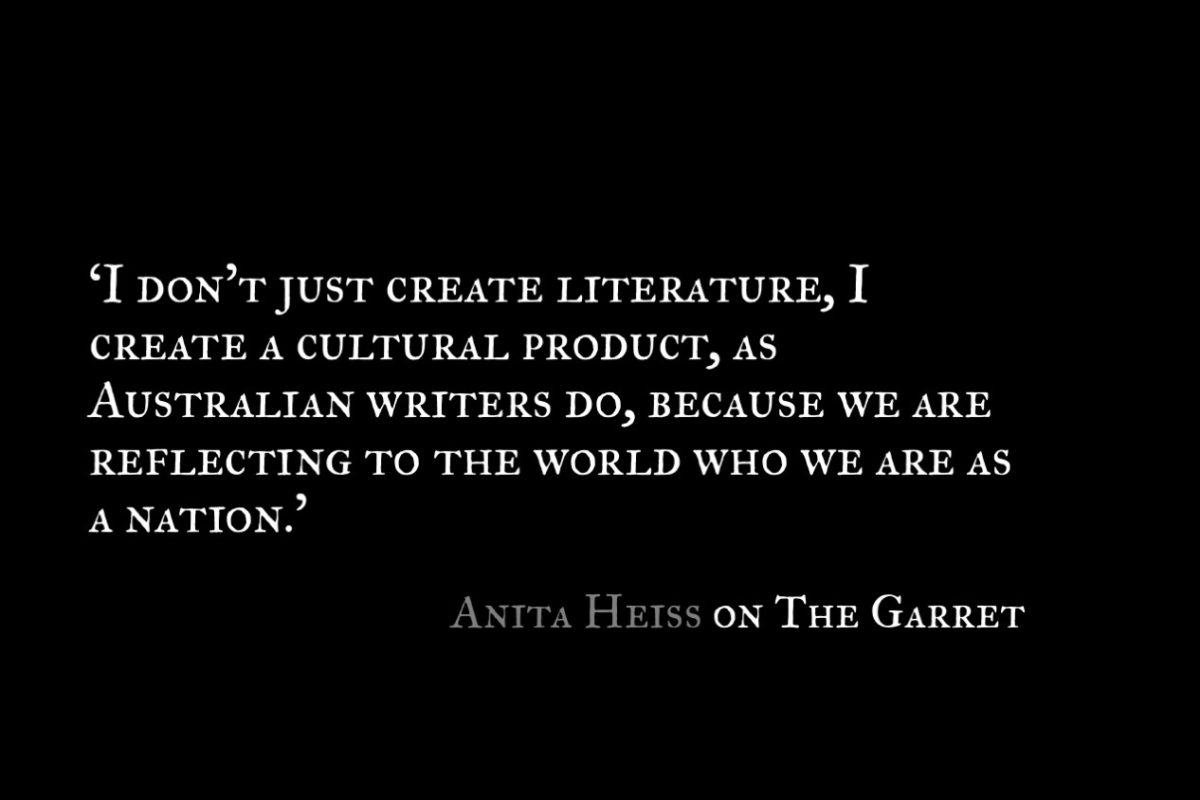


But also how identity has been imposed on people. “So the Aboriginality and how individuals define that for themselves. While there is diversity in the voices and stories, there are many similarities said Ms Heiss. “There’s 52 diverse voices from right across the country” said Ms Heiss “We’ve got 52 different voices in this anthology, and so it’s not just one person saying this was my experience. Some are well known figures or published authors, others had never been published before they submitted their childhood memories. The life stories come from people of a variety of backgrounds from boarding schools, prison, from schoolchildren, university students and grandparents, opera singers, actors, journalists, academics and activists. The book holds the stories of a diverse group of Indigenous people from across Australia, ‘from Nukunu to Noongar, Wiradjuri to Western Arrente, Ku Ku Yalinji to Kunbidji, Gunditjamara to Gumbaynggirr and many places in between’ says Ms Heiss in the book’s introduction. “Black bum:these two words mark the first time I realised I was different because my difference was pointed out to me.I was five years old, in my first year of primary school in Canberra and this small barb was thrown at me by another girl in my class” Celeste Liddle “I think that if non-indigenous Australians can understand how we have grown up then they’ll have a better understanding of who we are today, and perhaps a greater sense of community can be created between black and white Australia” said Ms Heiss. “I personally believe that how we grow up as a nation is linked to how we grow up as individuals.

While the stories are personal, it reflects a wider national experience she said. “What we wanted to do with this book was we wanted readers to understand first-hand from us, in our voices, as First Nations people directly, what our life experiences were, as children, and as teenagers, being socialised, as Aboriginal people, in this country” said Ms Heiss. She is the editor of the book Growing Up Aboriginal in Australia. I never foresaw that people would think they understood my story before they heard a word pass through my lips” Zachary Penrith-PuchalskiĪ new book that reveals Indigenous people’s memories of growing up was created to help develop understanding between black and white Australia, says Wiradjuri author Anita Heiss. I didn’t know that people would define me as ‘not looking that Aboriginal’ as if it were a compliment. “I didn’t know I was black till I was seven years old.I didn’t know that people would eventually cross the street to avoid walking on the same path as me.


 0 kommentar(er)
0 kommentar(er)
